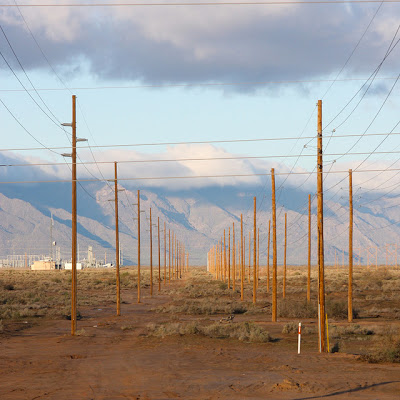Smart meters appear to have hogged stimulus and other investment funds. Although they will improve energy efficiency and help balance demand, apart from remote billing they have limited capability until the full infrastructure is in place, operating on a common communication protocol.
The European perspective on the US approach to the implementation of smart grid and particularly smart meters is that there is far too much concern about consumers, what they want and how much they are prepared to pay. If smart grid is to become a key enabler of a worldwide low-carbon economy then all of the stakeholders will have to contribute in order to benefit.
The Europeans have reluctantly accepted that this can’t be achieved without massive investment, which will inevitable increase electricity prices in the short to medium term, which are already way above US levels.

The immediate crisis in the US over a threatened debt default seems to have been averted by an 11th hour deal between the White House and Congress. But this drama has left behind crucial questions about the American political process, and the viability of economic policy options and implications to major issues like Smart Grid and the future of efficient energy systems.
Less government aid will be made available to stimulate the business and more will have to come from all of the stakeholders. When this happens better decisions on how to implement policy are more likely to come to the forefront. ‚Â However behind the scenes possibly more has been going off than has been reported by the media. The heat wave that has melted much of the US this month, setting new records of electricity consumption, has for the most part not caused the outages that would normally have been expected. So the investment that has been made on demand response (DR) is now delivering results.
We are currently carrying out a world market sizing exercise on the various components of pure smart grid and this confirms that the US utilities in 2010 have significantly increased their investments in equipment to improve the quality and reliability of transmission and distribution equipment. ‚Â Purely from anecdotal evidence it would appear that most of this has been spent on individual projects to optimise voltage and correct power factor rather than investing in joined up fully automated network programs.
However one area where the US is ahead of Europe is in the ongoing consolidation process of the electrical equipment and smart grid industry. This is absolutely vital if the industry is going to avoid problems. We have been charting the merger & acquisition market for the last 4 years and in the last 12 months it has forged ahead with some 80 deals being completed; the majority in the US, and as a result the US industry is now much stronger and healthier and capable of delivering smart grid solutions.
In addition venture capital is far more prominent in investing in innovative new start companies in the US than in Europe and over the last year smart grid has started to increase its share of the clean tech funds. ‚Â These 2 factors plus an improved financial performance of US smart grid suppliers in 2010 and the first 6 months of 2011 would suggest that the industry is in good health and has the capacity and capability to deliver a smart grid capable of meeting the demands of the 21st century.



